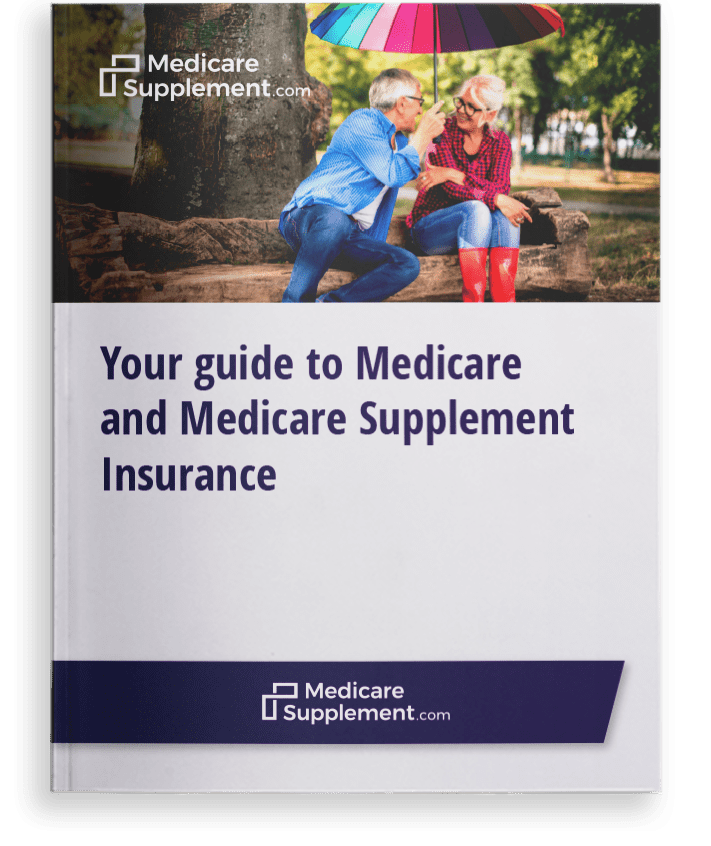Medicare 101
What Are the Four Parts of Medicare?
The four primary parts of Medicare are Part A (hospital and inpatient coverage), Part B (doctor and outpatient services), Part C (Medicare Advantage) and Part D prescription drug plans. Medicare Parts A and B make up what is called Original Medicare, while Part C and Part D plans are offered by private health insurance companies.
This federal health insurance program is meant to provide a plethora of benefits, from hospital stays to long-term care.
Medicare Part A – Hospital Insurance
Medicare Part A, the first half of traditional Medicare, covers inpatient hospital expenses, from short stays to long-term care at skilled nursing facilities.
- Hospital Stays and Services: Medicare coverage of inpatient hospital stays, including semi-private rooms, meals, nursing services and necessary medications or treatments, such as ICU or CCU services is included in Part A.
- Skilled Nursing Facility Care: After a qualifying hospital stay, Part A health insurance covers medically necessary skilled nursing care from registered and licensed inpatient nursing care facilities.
- Hospice Care and Home Health Care: Medicare benefits include hospice care for those with terminal illnesses and home health services prescribed by a doctor.
Medicare Part B - Doctor and Outpatient Services
Medicare Part B covers doctor visits and outpatient care, ensuring you have access to necessary medical treatments and equipment for maintaining your health.
- Doctor Visits: Regular doctor visits are crucial for monitoring your overall health and managing chronic conditions, and Medicare Part B covers these appointments.
- Durable Medical Equipment (DME): Durable Medical Equipment (DME), like wheelchairs and oxygen tanks, is covered by Part B health insurance when prescribed by a healthcare provider.
- Outpatient Procedures & Hospital Care: Medicare Part B covers outpatient procedures and treatments at a hospital setting without being admitted overnight, including preventive services like flu shots and screenings for certain conditions.
- Laboratory Services & Testing: Part B covers blood tests to diagnose medical conditions or monitor ongoing treatments when ordered by your doctor or healthcare provider.
X-rays, MRIs and CT scans are also covered by Medicare Part B.
Medicare Part C - Medicare Advantage
Medicare Part C, also known as Medicare Advantage, are private insurance plans that offer an alternative to Original Medicare (Parts A and B) and are provided by private insurance companies approved by Medicare.
These plans cover everything that Original Medicare covers, and they may cover additional benefits not offered by Original Medicare.
Networks and Providers
Most Medicare Advantage plans have specific networks of doctors and hospitals you must use to receive full coverage.
There are several types of network-based plans, including but not limited to HMO, PPO and PFFS.
- HMO (Health Maintenance Organization): With an HMO, you typically choose a primary care physician within the HMO network who will coordinate your care with other healthcare professionals in your plan's network. Covered services may not be covered outside of your plan network, depending on your plan.
- PPO (Preferred Provider Organization): Some PPO plans allow you to see any provider within the PPO network or even outside of your plan network; however, seeing out-of-network providers may result in higher costs.
- PFFS (Private Fee-for-Service): With a PFFS plan, members can typically see any Medicare-approved provider who accepts the terms of the plan, and the plan determines how much it will pay for services and what your share of the cost will be.
Before enrolling in a Medicare Advantage plan, check if your preferred healthcare providers are included in the network to prevent unexpected out-of-pocket costs or having to switch doctors.
Medicare Part D - Prescription Drug Plans
Medicare Part D is the part of Medicare that covers prescription drugs. It's an optional benefit that helps beneficiaries pay for their covered drugs and can be added to Original Medicare or may be included in some Medicare Advantage plans.
Every medication plan comes with its own formulary, which outlines all the medications included on each tier level along with any cost-sharing requirements associated with them. Most formularies are organized into tiers, and each tier has different Medicare payments required.
Drugs on lower tiers typically have low copays, while drugs on higher tiers may require much more out-of-pocket costs. It’s essential to check whether your medications are covered by checking their availability on these lists before selecting any specific policy.
Conclusion
Everyone should know how Medicare works, as well as the parts of Medicare. As an elderly individual, understanding the different short and long-term services offered is crucial: Part A covers hospitalization expenses, while Part B pays for doctor and outpatient services.
If you have Original Medicare and want to find out how you may be able to lower your Medicare costs, request a free Medicare Supplement (Medigap) plan quote online or call to speak with a licensed insurance agent.
A Medicare Supplement plan can pay some of your Medicare deductibles, copays and other out-of-pocket costs. Learn more and compare plans available where you live.
Compare Medigap plans in your area.
Find a planOr call now to speak with a licensed insurance agent:

Get a Free Medicare Guide!
Enter your email address and get a free guide to Medicare and Medicare Supplement Insurance, as well as important Medicare news and tips. We promise to never send you spam – just helpful content!
By clicking "Get your guide" you are agreeing to receive emails from MedicareSupplement.com.

